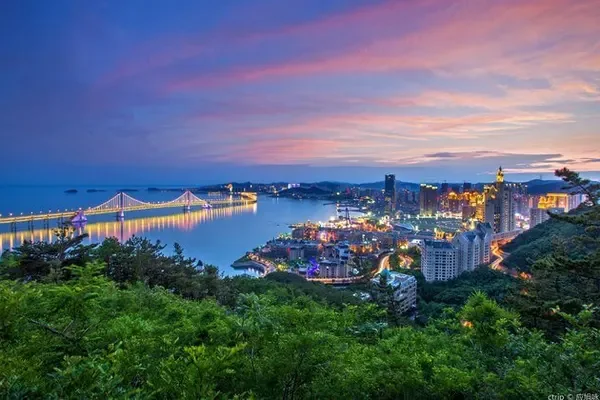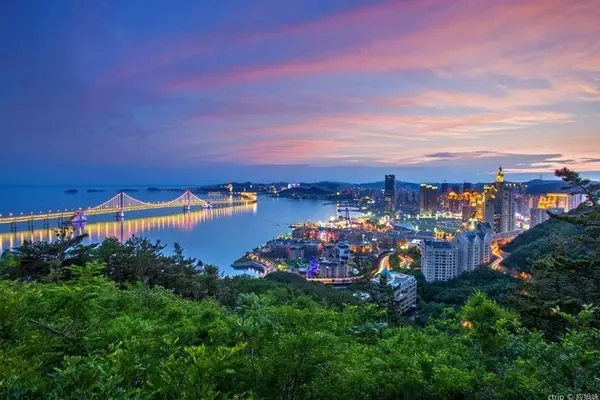Hotan has had three treasures since ancient times, and these three treasures are Hetian jade, carpets and Adelaise silk. Hotan is worthy of its name as the "Silk Road Silk Capital" and "the birthplace of Chinese carpets".
The location of Hotan City is very easy to identify. It is sandwiched between two jade-rich rivers. The Yulong Kashi River is in the east of the city, the Karakash River is in the west of the city near Moyu County, and National Highway 315 passes through the city in the north. The name of Moyu County is related to the production of Moyu in the Karakash River. Hetian jade should be subdivided into white jade, mutton jade, topaz, sugar jade, blue and white jade, sapphire, black jade, blue and white jade, jasper, etc. White jade is white and delicate, with soft luster and a sense of transparency. Fat jade can be called the best jade because of its whiteness and purity, its color like frost, and its shape like suet. Sapphire has light green, turquoise, dark cyan, etc., and has a waxy luster, which is a little inferior to white jade.
I didn’t come to Hetian for jade. I’m so shy in my pocket, and I barely support food and clothing in my daily life. I only have the heart of admiring beautiful jade, but I don’t want to hold it. Hetian dates and thin-skinned walnuts are also mainly tasted.
Tips: The origin of Yumen Pass in Gansu may be related to Hetian Meiyu. As the name suggests, it is a checkpoint set up for jade caravans, where taxes are collected from jade merchants.
The purpose of this trip is to cross the Taklimakan Desert Highway from Hotan to Alar. So far, I have never seen a desert in the true sense. The Ordos Sound Beach that I saw on the National Day last year was just a corner of the desert. I needed to see the real vastness of the desert. Other buses depart at night and take the desert road, only here departs during the day. This is why I went to Hotan.
Take a taxi to the passenger terminal, the earliest bus to Alar is at 11 o'clock, buy the ticket (142) first. There are still two hours left, go out to the snack bar in front of the station to enjoy finger cakes and spicy soup until you are full. Separately purchase 2 bottles of mineral water and some ready-to-eat food for consumption on the road.
Most of the passengers on the bus were local Uyghurs. I thought they were seated according to their number, but I didn't go to the front row because I came early, but it was not the case. You can only watch the desert scenery from the right row of windows.
The Taklamakan Desert is the largest desert in China and ranks fifteenth in the world. It covers a total area of 337,600 square kilometers in the Tarim Basin. The entire desert is about 1,000 kilometers long from east to west and more than 400 kilometers wide from north to south. Its northern and southern border areas were crossed by the ancient Silk Road.
In the process of driving, some desert areas are monotonous yellow everywhere, and there is not even a tree. The vastness of the desert makes each of us tired, and it seems that we will never go out. Sometimes, you will see clumps of trees dotted in the boundless sand sea, which are salix. The clumps of salix have injected life and vitality into the originally silent sand sea. In order to survive in the water-scarce desert, Salix salix relies on its tenacious perseverance to plant its roots deeply in the sand, with a length of tens of meters, until it rises to a place with a water source. Sometimes, you can see Populus euphratica. In order to survive, there are three types of leaves on the same Populus euphratica tree: poplar leaf shape, willow leaf shape and maple leaf shape, so it is also called "three-leaf tree". Leaves of different shapes are gathered in one tree.
Here, once life is born, it is difficult to perish, because the harsh environment can often breed great and tenacious life.
Stopped at the Hongbaishan service area for a rest on the way. The hardware facilities here are really not flattering.
The black road and the yellow desert form an interesting contrast, and some sections of the road are slightly covered by sand, and the driver passes through it based on experience. Accident scrapped vehicles are placed at intervals on both sides of the road to warn passing traffic to pay attention to safety.
When I was approaching Alar, I saw the Qaidam River. After a long time full of yellow, I suddenly saw a large oasis, which would give people a sense of surprise. Sometimes different colors can bring such a big visual impact, which is something I have never felt before.
Alar is a county-level city directly under the jurisdiction of the Xinjiang Uygur Autonomous Region. It implements the management system of the city-division integration with the First Division of the Xinjiang Production and Construction Corps, and is managed by the Xinjiang Production and Construction Corps. This is an oasis of fertile land cultivated by the vast number of military reclamation soldiers overcoming obstacles and working hard. In the Alar Passenger Transport Center, you can see the stop signs like 7-16 regiment.
After arriving at Alar at 6:30, I asked that the shuttle bus to Kuqa would not be available until night, so hurry up and buy a ticket to Aksu (27), and then take the train to Kuqa from there.
We had to get off at the train station when we arrived in the downtown area of Aksu. Because we were in a hurry, we took a 5 yuan motorcycle at the intersection and pulled us to the gate of the train station. Hurry up and get on the train bound for Kuqa (40.5) at 21:33. Booked accommodation in Kuqa on the train - Changfeng Hotel.
It took 2.5 hours and arrived in Kuqa at 12 o'clock in the evening. Fortunately, the rental guy is fluent in Chinese and knows Changfeng Hotel. Otherwise, I would have no way of finding the neon signboard with only the hotel but no Changfeng.
The boss is from Weinan, Shaanxi. According to the 61 yuan double room I ordered online, he transferred me to his so-called tatami room. There is no one else.


